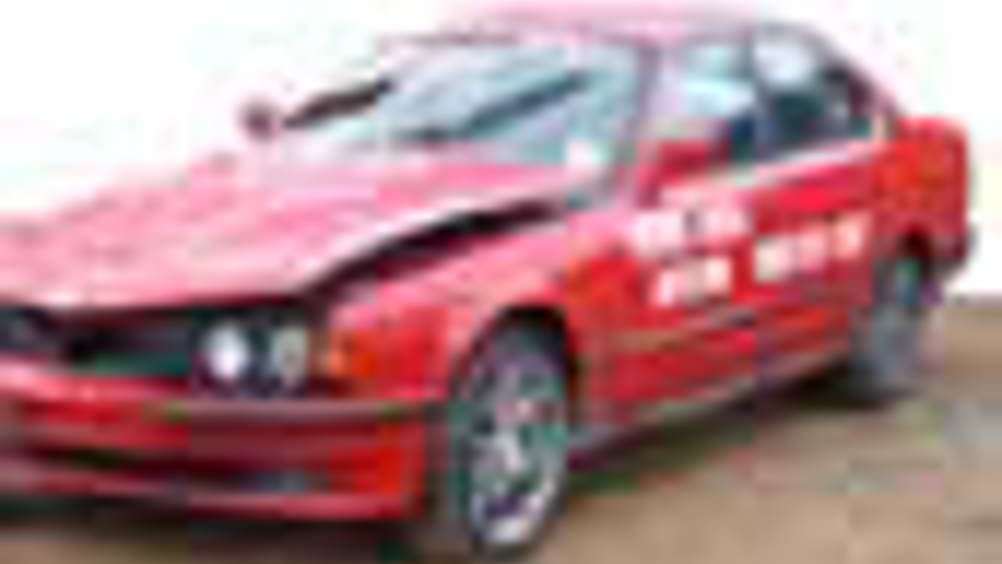Crash avoidance
Researchers are developing tests for a crash avoidance system that could substantially reduce the number of rear-end, road departure and lane change accidents.

Researchers at the
(NIST) are assisting the
(DOT) by developing tests for a crash avoidance system that could substantially reduce the number of rear-end, road departure and lane change accidents. About 1,836,000 such accidents occur annually in the
, or 48 percent of police-reported cases a year.
DOT's "Integrated Vehicle-Based Safety System" (IVBSS) for light vehicles and trucks is a single crash avoidance system under development that combines technologies used in separate warning systems. It is intended to simultaneously detect and warn drivers of any of three different forms of crashes at different speeds and in specified driving situations. The integration of individual systems is expected to increase safety benefits, improve overall system performance, reduce system cost, and enhance consumer and fleet acceptance.
NIST has designed preliminary test procedures that address DOT's needs. An IVBSS developer, under contract with DOT, will use the NIST tests to measure the performance of the safety system, as well as its components, such as sensors and warning algorithms.
Register now to continue reading
Thanks for visiting The Engineer. You’ve now reached your monthly limit of news stories. Register for free to unlock unlimited access to all of our news coverage, as well as premium content including opinion, in-depth features and special reports.
Benefits of registering
-
In-depth insights and coverage of key emerging trends
-
Unrestricted access to special reports throughout the year
-
Daily technology news delivered straight to your inbox










CCC Report Finds UK Climate Targets Still Within Reach
In 1990 67% of the UK´s electricity came from coal-fired power stations and even without renewables the transition to gas was a major contributor to...